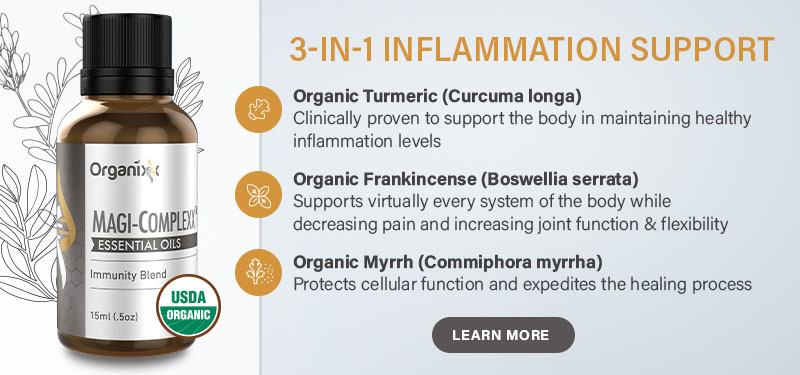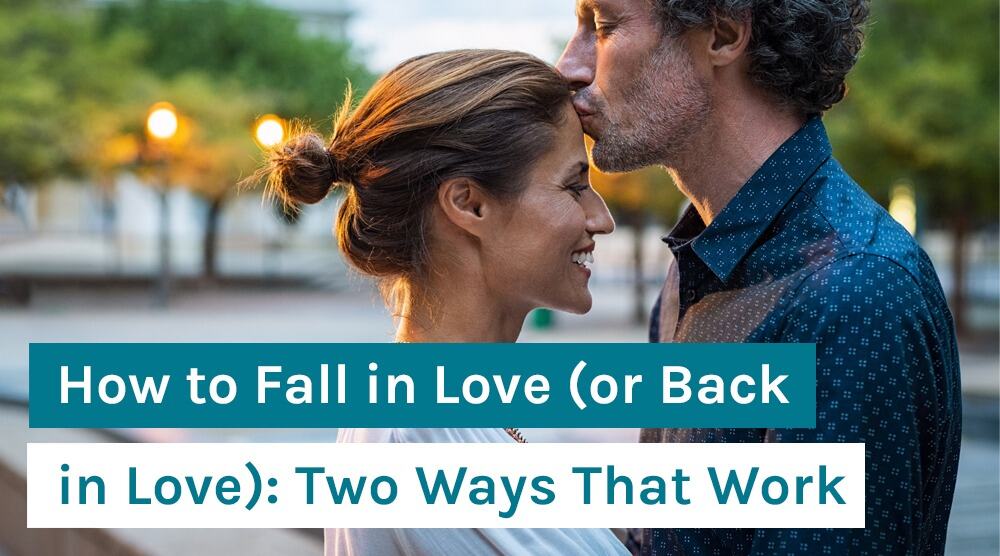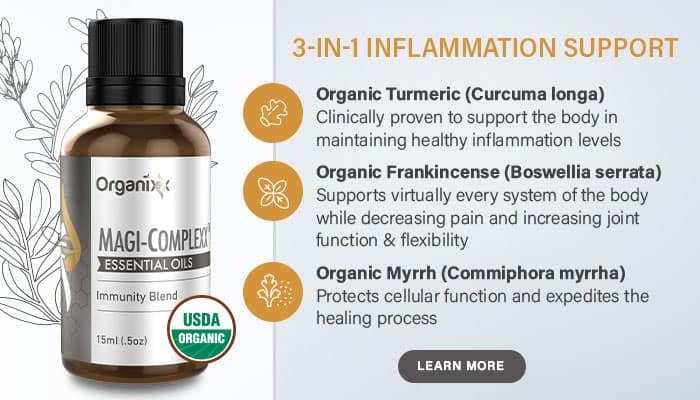How to Fall in Love (or Back in Love): Two Ways That Work
In a hurry? Click here to read the Article Summary...
“First best is falling in love. Second best is being in love. Least best is falling out of love. But any of it is better than never having been in love.”
Maya Angelou
As Valentine’s Day approaches you may be giving more thought than usual to how to fall in love with someone… or in the case of long-term relationships, how to fall back in love?
If you’ve been in a relationship for a while, you likely know that keeping the “fire going” can sometimes be a challenge in the midst of work, kids, errands, responsibilities, and everything that makes up our busy lives. And what about new relationships? With all the distractions of our modern-day digital addictions, finding true connection seems harder than ever these days.
But what if you could rekindle that spark with your sweetie (or potential sweetie) within minutes? Here are two ways to fall in love that research has proven really work!
Method #1 – 36 Questions to Fall in Love & Create Greater Intimacy
Long-time researcher and psychologist Arthur Aron fell head over heels in love with his now-wife of over 50 years, Elaine Aron [1] (author of The Highly Sensitive Person, 2013 by Kensington Publishing Corp.), on a grassy lawn on the Berkeley campus in 1967.
The instantaneous experience, spurred on by an innocent kiss, had a profound effect on Arthur Aron, who at the time was a graduate student studying social psychology.
“I fell in love very intensely,” Aron told reporters for Berkeley Daily in 2015, where he was a visiting professor at the time (he is also a research professor at Stony Brook University in New York) [2]. “Given that I was studying social psychology, just for fun I looked for the research on love, but there was almost none.”
So Aron decided to dive in and, as a result, wound up devoting the rest of his life to researching the “mysteries of attraction and intimacy.”
Not a bad gig, right? The result has been some very insightful research over the past few decades [3]. Along with Dr. Elaine Aron, Arthur Aron has developed 36 questions that are guaranteed to bring you closer not only to your partner but other loved ones and even complete strangers.

“One key pattern associated with the development of a close relationship is sustained, escalating, reciprocal, personal, self-disclosure,” writes Aron.
The “36 Questions that Lead to Love” have gotten a lot of attention over the last several years. They have been featured in New York Times columnist Mandy Len Cantron’s Modern Love column [4], in numerous Ted talks and in a 2015 segment of the Today Show.
Curious about what kind of questions can lead to love? The complete list of open-ending questions comes in three subject sets of 12 questions each that get increasingly intense and intimate as they go along. Here is just a sampling of a few of the love questions [5] :
Set I
- Given the choice of anyone in the world, who would you want as a dinner guest?
- What would constitute a perfect day for you?
- For what in your life do you feel most grateful?
Set II

- Is there something you have dreamed of doing for a long time? Why haven’t you done it?
- What is your most treasured memory?
- If you knew that in one year, you would die suddenly, would you change anything about the way you are now living?
Set III
- Complete this sentence: “I wish I had someone with whom I could share…”
- When did you last cry in front of another person? By yourself?
- Tell your partner something that you like about them already.
Method #2 – What’s Behind Those Eyes? The Power of Eye Gazing
Another powerful practice for gaining more of a sense of intimacy and closeness with a partner (or, according to the research, just about anyone) involves not talking at all.
Eye gazing is as simple as it sounds: it is the act of gazing into another person’s eyes for a specific period of time, usually 2 to 4 minutes. The effect it can have on a person’s emotional and sometimes even physical well-being can be profound, however.

How can the simple act of eye contact make partners feel closer, strangers seem like best friends, and pets bond more with their humans?
Eye gazing is powerful for humans (and other mammals, such as dogs) in part because of how eye contact in itself can affect us. As award-winning author Paulo Coelho says, “No one can lie, no one can hide anything, when he looks directly into someone’s eyes [6].”
The most well-known investigation on the subject was conducted in 2015 by Italian psychologist and researcher Giovanni Caputo [7]. He found that prolonged eye-gazing alone can produce a marked altered state of consciousness without drugs.
Another study at Kyoto University in Japan [8] studied the responses of volunteers who either made eye contact or looked away while playing word association games at the same time. Even while “viewing a movie of faces with eyes directed toward the viewer,” the study participants had a harder time associating simple words than when looking away.
“Although eye contact and verbal processing appear independent, people frequently avert their eyes from interlocutors during conversation,” the Kyoto researchers wrote. “This suggests that there is interference between these processes.”
The Japanese researchers also concluded that eye contact uses particular cognitive pathways that spoken word and mental thought also use. As a side note: the next time your partner or child looks away from you when you are talking to them, give them a break. They may not be trying to be rude. Their “cognitive system” may just be overloaded.
But what about the deep emotions that sometimes come up when gazing into another person’s eyes? The truth is, we all need eye contact as part of a more general mammalian need for social and emotional connection [9].

Babies need eye contact to maintain healthy neurological development [10]. As adults, eye contact with romantic partners cultivates sensual energy.
Eye contact with other intimates, such as pets, children, or other family members and even with complete strangers, can produce feel-good, healing hormones, especially oxytocin [11], often called the “love hormone.”
When the need to be acknowledged in this way gets filled, especially after an absence of such contact, the flood of feel-good hormones can be perceived as a deeply personal, profound, and even spiritual experience.
Eye Gazing: How You Can Do It
Want to give eye-gazing a try for yourself? Here are a few guidelines to get you started:
- You can practice eye-gazing with anyone, even a stranger (if they’re willing). Many yoga studios and retreats now offer classes and workshops in “soul gazing.” Whether you want to begin with someone familiar or a person you don’t know is entirely up to you. Some people may be more comfortable starting out with a stranger, while others will feel more at ease with familiars. If you are just starting out, begin with the situation that you feel most comfortable with overall. Guaranteed, it will probably feel a little weird at first no matter how you do it. Your uneasiness will dissipate the more you practice, however.
- You can also practice eye-gazing alone. When you go solo, it is usually done while facing a mirror. In fact, the first study Caputo did on the subject was with single individuals gazing at themselves in the mirror [12]. The effects in terms of emotion and visions produced were just as profound.
- Whether you’re practicing soul-gazing alone, with a stranger or with someone you know, be sure to prepare the right physical environment for the experience. Make sure you are in a quiet, calm place; turn off all cell phones and other electronic devices that may disturb you. Tell others around you in the house or office that you wish to remain uninterrupted for however long you plan on “gazing” and be sure to plan a little extra time for discussing the experience or writing down your thoughts in a journal afterward. The lights in the room should be dim, i.e. bright enough to see the other person’s face or your own, but not bright enough to see too much detail.
- Prepare yourself mentally as well. You want to be as centered yet as open as possible when you engage in the practice. Take a few minutes to do some breathing, meditation, or stretches beforehand. Set aside the busy-ness of the day and allow yourself to simply “be” while gazing at the other or your own reflection in the mirror.
- Finally, don’t judge. As long as you remain fixed on the other persons’ eyes or your own, you really can’t get this practice wrong. Every experience and emotion that may come up, even if your thoughts wander or you feel nothing at all, is “grist for the mill” and can be part of the learning experience.

If you need a little more direction, try this: some eye-gazing guides suggested gazing at the left eye, which is said to be a pathway to “yin” energy and the creative mind. Others recommend using the time to gaze at the other as well as notice other occurrences that may be going on in and around you at the same time. The breeze on your skin or the sound of a dog barking in the distance, for instance.
Eye Gazing Benefits
This practice of eye gazing cultivates “open focus” and is said to elicit the lowering of brain waves from beta (where the analytical mind resides) to the more imaginative space of alpha and theta. These lower brain wave states are also where creativity and physical healing can take place [13].
The sense of intense emotion, connection, vulnerability and insight that can happen with Arthur Aron’s “36 Questions That Lead to Love” as well as in the ancient practice of eye-gazing are part of the beauty of opening up with a partner, sharing experiences, and being vulnerable. This is the case no matter how long you have been together… so give either one or both of these ways to fall in love a try. If you do, we’d “love” to hear about your experience in the comments section below.
The powerhouse trio of herbs in Magi-Complexx Essential Oil provides the strongest, most synergistic healing effect, helping sufferers of arthritis pain, constant muscle aches and pains, neuropathy, systemic inflammation, slowed wound healing, circulatory challenges, as well as skin irritations like eczema, psoriasis, and acne.

 Sources:
Sources:
Article Summary
Researchers have found two different ways that are proven to help you fall in love with someone (or back in love).
Researcher and psychologist Arthur Aron has devoted his life’s work to delving into the “mysteries of attraction and intimacy.”
Dr. Aron developed 36 questions that are guaranteed to bring you closer to your partner, other loved ones, and even complete strangers. (See the article for sample questions.)
Another powerful practice for gaining more of a sense of intimacy and closeness with a partner (or anyone) is eye gazing.
The act of gazing into another person’s eyes for a specific period of time (e.g., 2-4 minutes) can have a profound effect.
Eye contact with others can produce feel-good, healing hormones, especially oxytocin which is often called the “love hormone.”
Eye gazing cultivates “open focus” and is said to lower brain waves to states where creativity and physical healing can more readily take place.






I would like to know all the 36questions you are speaking about
Hello Claire!
Thank you for your comment. We are happy to know that you are interested to learn more about the "36 Questions that Lead to Love".
Here is the link to view all of the complete questions: https://www.today.com/health/36-questions-reignite-flame-love-quiz-couples-t3221.
You may view all of the sources used for this article under the Sources section above the Comments section. Kindly click the arrow down icon to see all of the links.
Thank you for taking the time to read this article. Wishing you a great day!